It is desirable for you to secure the means to connect to the Internet before you leave Haneda Airport International Passengers Terminal. Suppose you take bus to Tokyo and get off at the bus stop.
By consulting Google maps, you know where you are, and which direction you have to go to get your hotel. Without the Internet connection, you hardly know where you are and which direction you have to go.
Means to connect to the Internet
There are several ways to connect to the Internet. First way is to use the roaming service of your mobile service company. Second way is to buy a prepaid SIM and replace it with the SIM in your phone. Third way is to rent portable Wi-Fi router. Fourth way is to connect to the Internet at Wi-Fi spots (free or paid).
The most reliable way to connect
The mobile phone networks are the most reliable and they provide the most extensive coverage. By using mobile phone networks you can connect to the Internet wherever you are in Japan. The coverage of wireless networks for portable Wi-Fi routers is smaller (though most of big cities are covered) than that of the mobile phone networks. So, using roaming service or prepaid SIM and connect to Wi-Fi when usable (like at the hotel) is desirable combination to connect to the Internet. But using mobile phone networks costs you.
Before the end of roaming surcharges in the EU on June 14, 2017, prepaid SIM was the cheaper and reliable way to connect to the Internet when EU residents visit to foreign European countries. And it is still true in most Asian countries.
Japan’s mobile environment
But in Japan, as I show you later, prepaid SIM is very expensive. Besides, most of the mobile service companies provide only data communication service. So it may be wise to compare the cost of purchase of SIM with that of roaming service beforehand.
Rental fee of Wi-Fi router is about 1,000 yen per day. Accordingly, if you use it for 5 days, it costs you about 5,000 yen. You can rent it at SoftBank Global Rental, AnyFone JAPAN, Mobile Center and other Wi-Fi router rental counters.
Considering you moving around, using roaming service, prepaid SIM or renting Wi-Fi router is far more convenient than using free Wi-Fi spots, moreover, they are more secure.
Prepaid SIM is expensive in Japan
Unfortunately, prepaid SIM cards in Japan are expensive comparing with Asian countries and European countries. Besides, there are only a few prepaid SIM cards with voice service plan in Japan. Practically prepaid SIM card without voice service is your option (except you can afford very expensive SIM card with voice service).
Generally, SIM cards bought at Airport are more expensive than those bought in town. But there are a few shops at the Airport (Air BIC CAMERA and convenience stores) that sell SIMs with the same price in town.

Air BIC CAMERA
MNO (Mobile Network Operator) and MVNO (Mobile Virtual Network Operator)
Roughly speaking there are two kinds of mobile network operators. One is MNO (Mobile Network Operator) that owns wireless network facilities and operates network service. The other is MVNO (Mobile Virtual Network Operator) that borrows wireless network facilities from MNO and operates network service using these facilities.
Generally, MNOs provide higher quality mobile network service or more stable mobile network service. During busy mobile network traffic hours (like around lunch hour), MVNO’s traffic speed slows down. If you want stable mobile communication, MNO’s SIM is recommendation.
If your phone is iPhone and if you buy MVNO’s SIM, usually you need to download the configuration profile file from the MVNO’s website and install it to set up APN, which means your iPhone must be connected to Wi-Fi. As you can connect to Free Wi-Fi at Haneda Airport, you could set up or activate your iPhone at the airport even if you buy MVNO’s SIM.
SoftBank’s “Prepaid SIM for Travel” is the better choice
Two MNOs provide prepaid SIM without voice service. One is NTT DOCOMO, the other is SoftBank.
SoftBank’s “Prepaid SIM for Travel” is more cost efficient than DOCOMO’s “Japan Welcome SIM & Wi-Fi” (893 yen/GB vs. 1,512 yen/GB, 28.8 yen/GB/day vs. 75.6 yen/GB/day except Wi-Fi). And SoftBank’s procedure for purchase is simpler.
If you want stable data communication, SoftBank’s “Prepaid SIM for Travel” is the better choice unless you appreciate secured Wi-Fi connection (you can use NTT DOCOMO Wi-Fi with no additional cost, if you purchase DOCOMO’s “Japan Welcome SIM & Wi-Fi”).
Other choices – MVNOs’ prepaid SIMs
If you don’t mind stable data communication speed, MVNO’s prepaid SIM come into your choice. Which prepaid SIM you should choose depends on what aspect you regard as important.
Choice from economical viewpoint
From economical viewpoint, there may be two viewpoints. One is cost efficiency viewpoint, the other is the total cost you have to pay.
From cost efficiency viewpoint, we can rank prepaid SIM as follows (based on cost/GB):
- Visitor SIM (3,380 yen, 5GB, 21 days, by b-mobile) 676 yen/GB, 32.2 yen/GB/day
- Prepaid SIM for Travel (2,678 yen, 3GB, 31 days, by SoftBank) 893 yen/GB, 28.8 yen/GB/day
- Japan Travel SIM (3,024 yen, 3GB, 30 days by IIJ ->click full MVNO version) 1,008 yen/GB, 33.6 yen/GB/day
Above SIMs can be topped up data volume.
From the total cost viewpoint, the ranking is as follows:
- Japan Travel SIM (1,998 yen, 1.5GB, 30days by IIJ -> click full MVNO version) 1,332 yen/GB, 44.4 yen/GB/day
- Japan Welcome SIM & Wi-Fi (2,376 yen, 1.2GB, 20days by NTT DOCOMO) 1,980 yen/GB, 99 yen/GB/day
- Prepaid SIM for Travel (2,678 yen, 3GB, 31 days, by SoftBank) 893 yen/GB, 28.8 yen/GB/day
Note: IIJ’s Japan Travel SIM has two version, full MVNO version and light MVNO version. full MVNO version is new one.
Choice from other viewpoint
If you like the simplest procedure to use SIM, “Prepaid Data SIM” by u-mobile is the choice. You don’t have to register any information at all, all you have to do is just replace SIM and set up APN. But it’s more expensive than above SIMs.
If you are heavy data user and want unlimited GB, “Prepaid Data SIM for Japan” by AnyFone is the choice. But they are expensive. They are 7,500 yen (7 days), 8,000 yen (10 days), 8,500 yen (15 days), 9,500 yen (30 days). u-mobile also sells unlimited volume SIM (price is about 4,320 yen, 7 days).
If you want voice service, “Wi-Ho Prepaid SIM (Y-mobile)” by Telecom Square is the option. They are very expensive, 5,500 yen (1GB, 15days), 7,500 yen (3GB, 15days). They are for domestic use only. You can’t call abroad from Japan and they can’t even use SMS in spite of such expensive prices.
You can find other MVNO’s SIMs. Use above lists for comparison and judge which one is your best choice.
As a whole, I think “Prepaid SIM for Travel” by SoftBank is the best choice. It provides more stable data communication speed and better cost efficiency.
Where can you purchase prepaid SIMS?
“Prepaid SIM for Travel”, “Visitor SIM”, “Japan Travel SIM” can be purchased at Air BIC CAMERA on the 2nd floor (arrival floor) of Hanada Airport international Passenger Terminal.

SIMs at Air BIC CAMERA
“Prepaid Data SIM” by u-mobile can be purchased at XCOM GLOBAL HANEDA AIRPORT COUNTER on the 3rd floor.
“Prepaid Data SIM for Japan” by AnyFone can be purchased at AnyFone JAPAN on the 2nd floor and/or SoftBank Global Rental at the 3rd floor. SoftBank Global Rental sells “Prepaid SIM for Travel”, but it sells with much more expensive price than at Air BIC CAMERA. Accordingly, if You purchase “Prepaid SIM for Travel”, you better buy at Air BIC CAMERA.

Price list at AnyFone
“Wi-Ho Prepaid SIM (Y-mobile)” can be purchased at MOBILE CENTER on the 2nd floor.
Air LAWSON (convenient store) on the 1st floor sells several kinds of SIMs.
Note: If you use iPhone, if you already installed configuration profile of MVNO in your country, and if Japanese MVNO’s SIM requires installation of configuration profile, delete the old configuration profile before installing new configuration profile, because Apple permits only one configuration profile for APN setting.

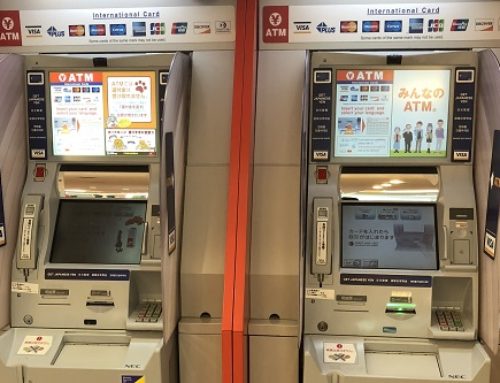
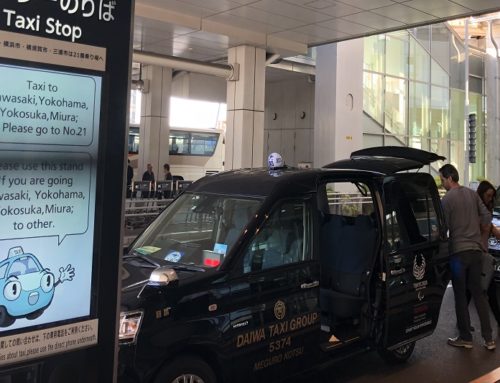
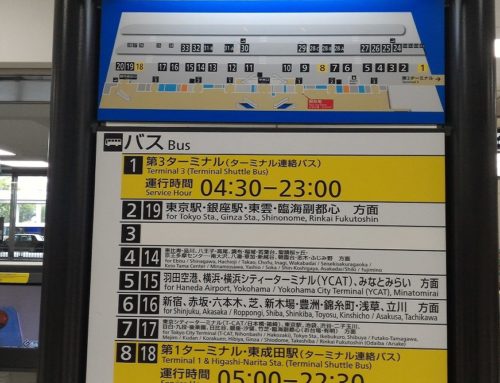
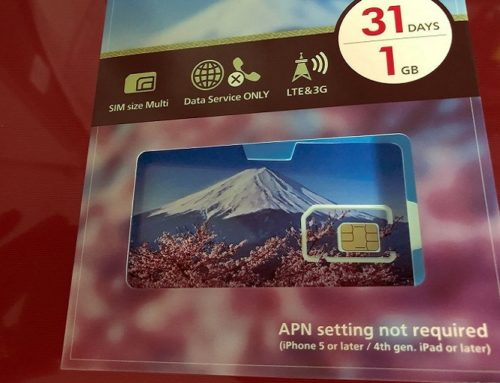
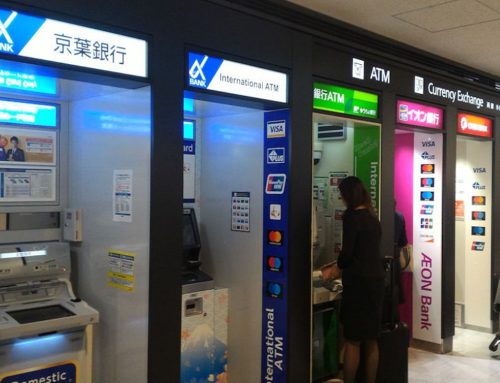
Leave A Comment